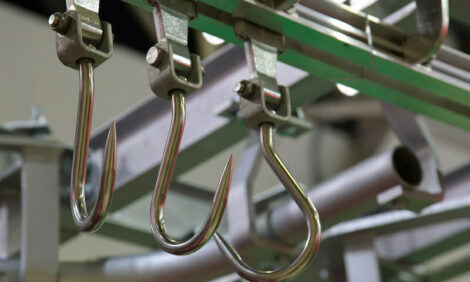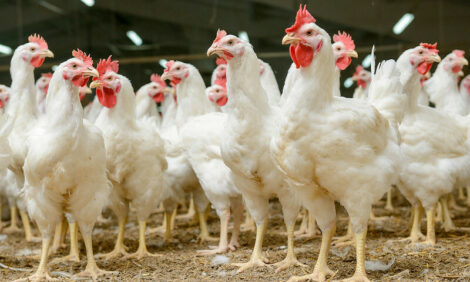



Chicken Feathers Could Mitigate Oil Spill
US - Chicken feathers may help in oil spill mitigation, according to a researcher at the University of Delaware.Researchers in the Department of Chemical Engineering at the University of Delaware (UD) have developed a method to mitigate oil spills using chicken feather fibres. Professor Richard Wool has discovered that when the fibres are cut to an optimal size, surface tension forces drive them to form self-assembled percolating networks that attract and trap oil spilled on a water surface.
Preliminary tests have yielded promising results, and a provisional patent application has been filed on the technology.
The US poultry industry generates five to six billion pounds of feathers annually, an amount that Professor Wool says could handle an oil spill covering some 200,000 square miles, or the entire economic zone of the Gulf of Mexico.
He explained: "The fibres are not attracted to the water but they are attracted to the oil, just as they are on live birds. And once a network of oil-soaked fibres is formed, it will reassemble, or restructure, even if it's temporarily broken up by wind or wave action."
Although reports of feather use for oil spill remediation exist, the UD researchers have discovered how to maximise the self-assembly of the oil-soaked feathers for absorption efficiency and effective subsequent removal. They have also discovered that the size of the fibres is critical – too long and the fibres will fail to assemble, too short and they will not assemble correctly.
Preliminary experiments have been conducted to improve the science at the laboratory level, and Professor Wool plans to conduct further tests at an ocean spill simulator in New Jersey.
The use of chicken feathers for useful products is not new to the professor. His ACRES (Affordable Composites from Renewable Sources) group has successfully used the fibres as reinforcement in polymer composites for circuit boards.
He said the idea for their use in spill mitigation came to him while he was observing the behaviour of food sticks thrown into a fish pond. He was further inspired after hearing a talk on self-assembly of nano-fibres by Kathleen Stebe, Richer and Elizabeth Goodwin Professor of Engineering and Applied Science at the University of Pennsylvania. Dr Stebe has since approached him about future collaboration in this area.








